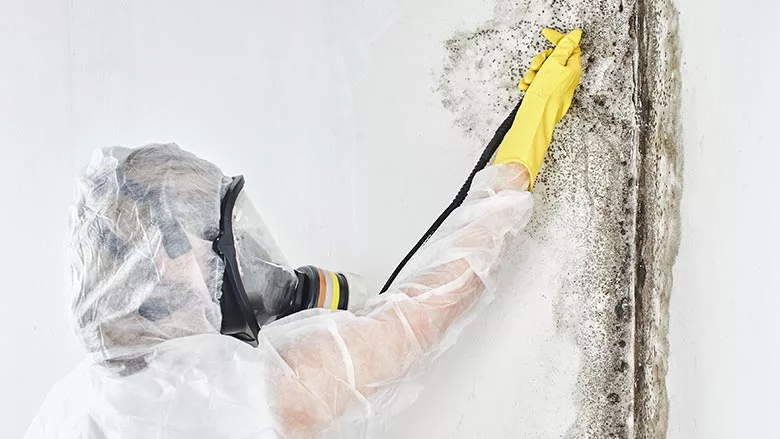The Best Job That Never Was

All restoration contractors have had this nightmare: you just landed a huge job with the chance to make big bucks, only to realize halfway through that you underestimated the problems or overestimated your ability to manage them. Or else you take a job despite misgivings about the property owner or adjuster, and soon realize that whatever you make on the job is not worth the hassle of dealing with such difficult people.
Rose-colored glasses come in all sizes. We’ve all been tempted to ignore those nagging voices that warn us to stop even though we have the opportunity to make a big profit or need the job to keep our crews busy. That common temptation is why there were so many nods of agreement when a panelist at the recent NIR Executive Leadership Conference remarked that sometimes the best job you’ll ever have is the one you walk away from. She made the comment during a discussion on techniques for drying wet buildings, in reaction to comments being made about how some adjusters will not authorize payment for the cost of monitoring the drying process. They prefer the cheaper route of just letting the drying equipment work for a few days, taking it on faith that the building will be dry enough to finish the restoration without having to worry about mold.
As restoration contractors, we have all faced similar situations. Either the adjuster considers some part of the work optional that is not, or the property owner wants to be in charge without any knowledge of what a professional restoration involves. We also face those property owners or adjusters who are just plain difficult.
Restoration contractors often take on jobs they cannot handle; they either lack the experience to understand what is involved in a large, complex project, or they are blinded by the potential of big profits. The price of taking on such jobs, however, is that a company can lose its reputation as well as money when the job that promised big profits turns into a nightmare.
A few years ago, an insurance company brought me in as a consultant on a job that had gone terribly wrong. The case was a water damage job at an institution where the sprinklers had gone off and flooded the building. The structure had metal framing which meant that the metal tracks inside the walls still held water.
The building owners, however, would not allow the contractor to open the walls during the drying process to allow for the removal of the water collected in the track. For some reason the contractor agreed to their demands when he should have walked away. As a result, the building developed a mold contamination problem.
The contractor allowed himself to be pressured into promising something he could not deliver. As a result, he not only lost money but also damaged his reputation as well as that of all restoration contractors.
Part of the restoration process involves qualifying the customer before agreeing to take on a project. If, for example, a property owner tells you not to use any chemicals when you are called in on a sewage contamination, you walk away. Let the other guys have those jobs that the property owners want to control or that you don’t have the resources to handle.
You’ve worked too hard building your reputation to risk it on a questionable job. Like the proverbial gambler in the Kenny Rogers song, sometimes you have to “Know when to walk away and know when to run.”
Looking for a reprint of this article?
From high-res PDFs to custom plaques, order your copy today!




